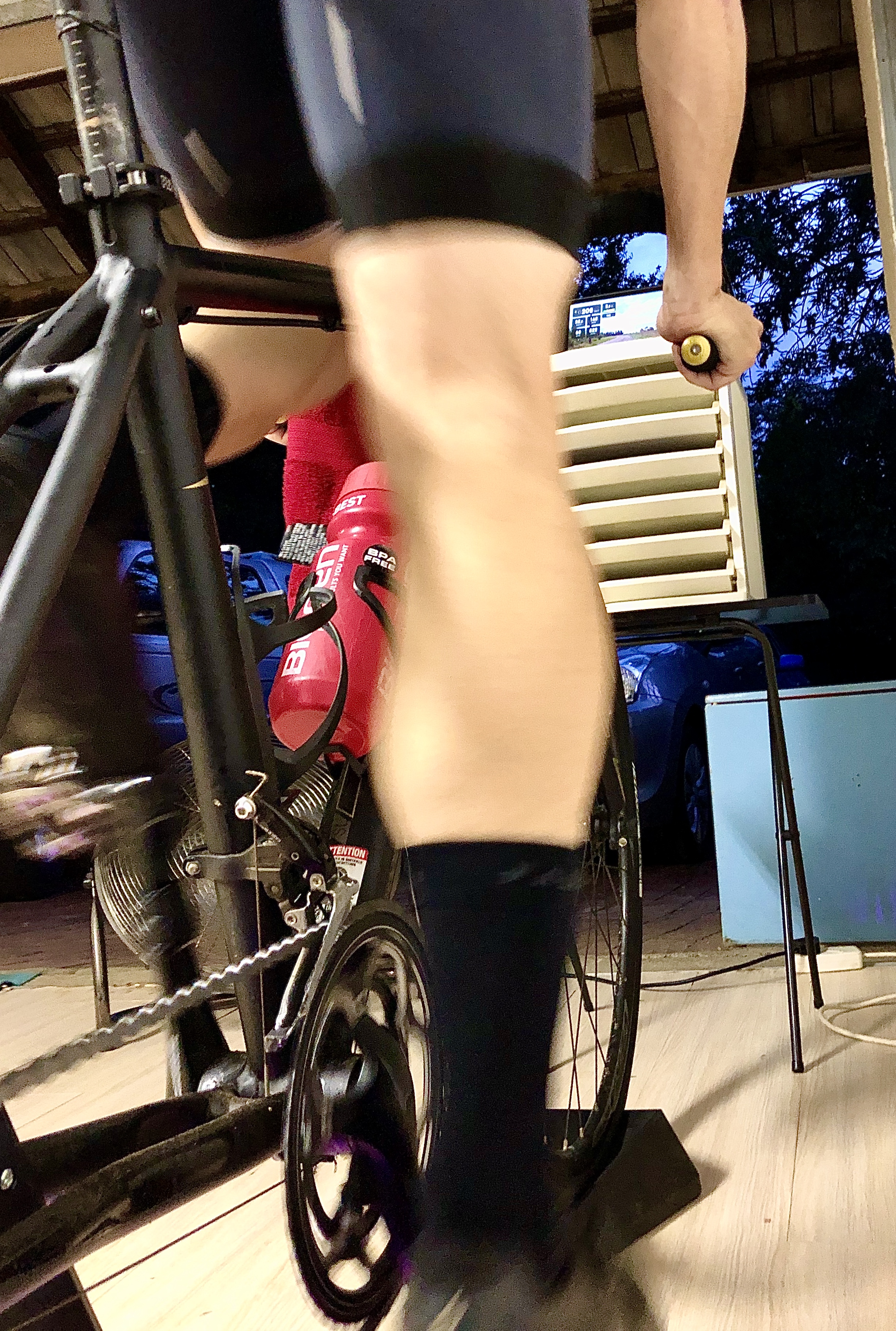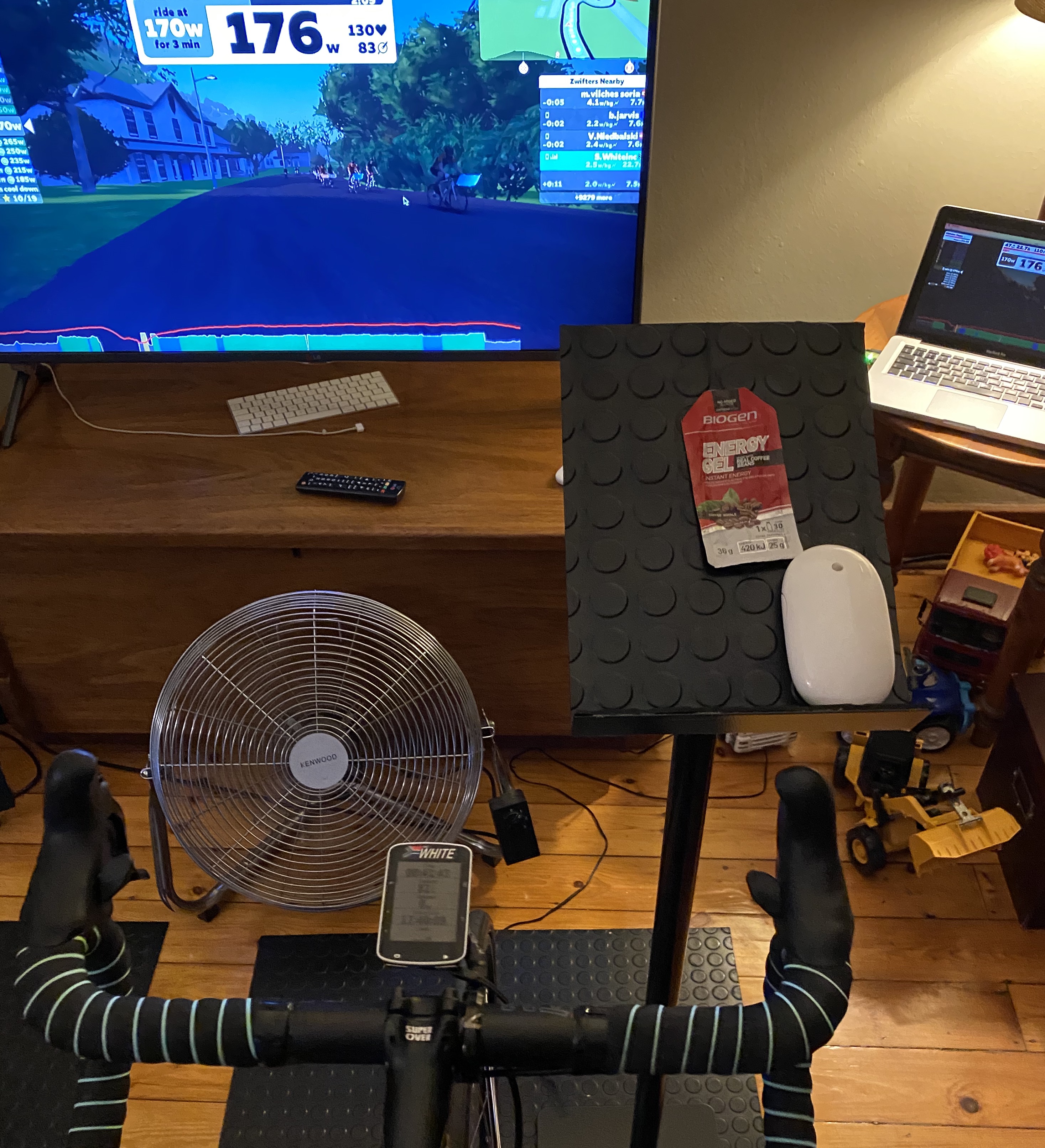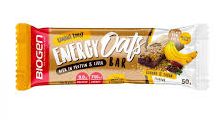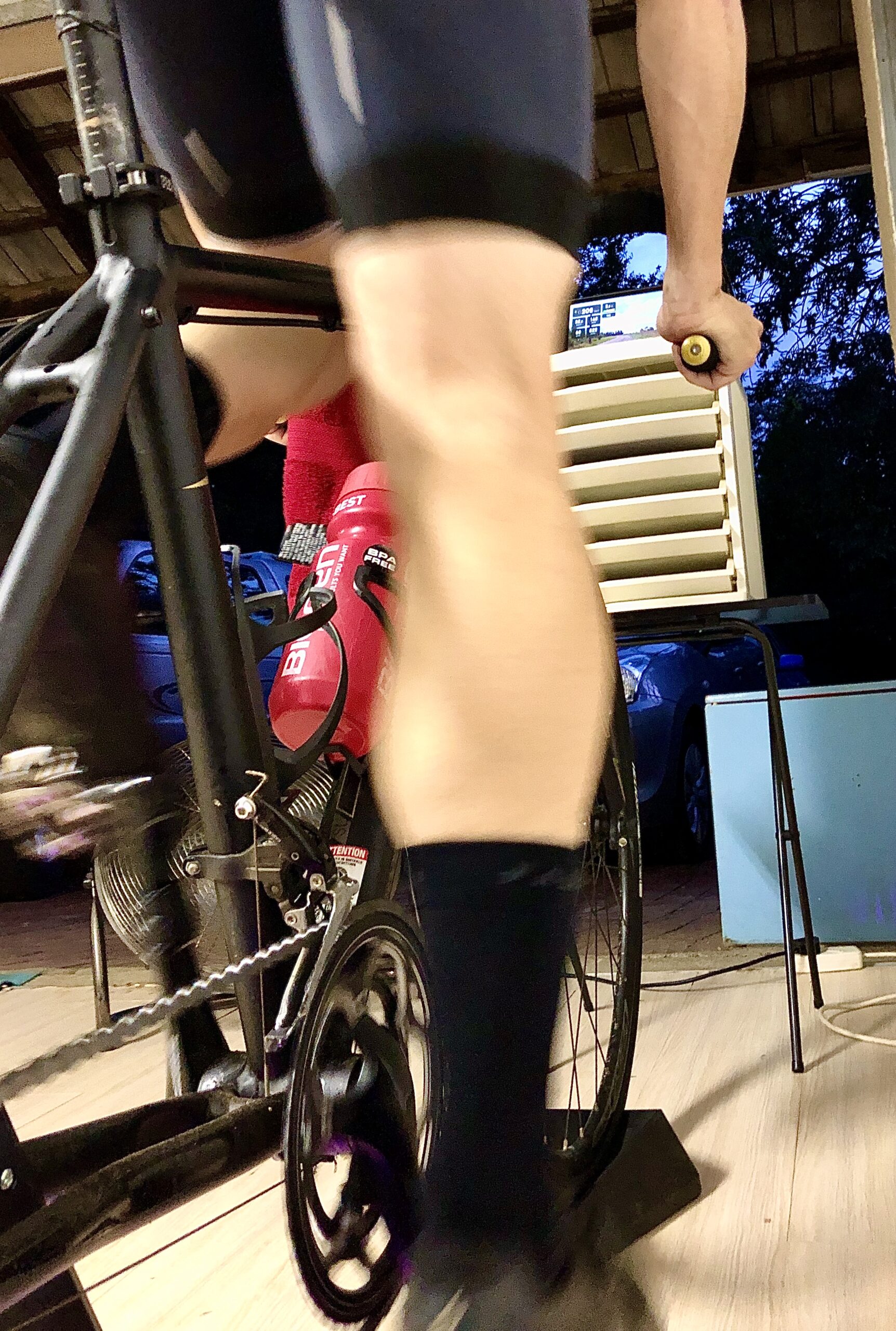Nobody’s enjoying this lockdown, but we understand the importance of it. Thousands of cyclists, triathletes and mountain bikers have had to create a new routine on an indoor/home/smart trainer in order to maintain – or gain – cycling fitness. For many it’s a whole new experience. Are you managing your energy and recovery properly though? It’s quite likely you’re making this mistake.
 Duration and effort are two key factors in determining what kind of energy supplementation you will need in your home training environment. The longer you pedal, the more you’ll need additional energy support. The same goes for intensity – the greater your effort, the more energy you’ll require.
Duration and effort are two key factors in determining what kind of energy supplementation you will need in your home training environment. The longer you pedal, the more you’ll need additional energy support. The same goes for intensity – the greater your effort, the more energy you’ll require.
Most newcomers to indoor training apps like Zwift are finding it difficult to do an easy/steady ride. The highly stimulating Zwift environment is filled with your own numbers – heart rate, power in Watts, power in W/kg, speed, gradient, distance, elapsed time, cadence and more. Because you don’t have to worry about the road or trail surface ahead of you, or traffic for that matter, you spend all your time and energy focussing on the numbers.
If you’re disciplined, you’ll use the numbers to measure your effort according to your desired/planned session. If you’re competitive, as most of us are, you’ll be more concerned about beating your previous best on KOM or Sprint segments and the riders just behind or ahead of you, which you can see constantly. Without even realising it, this can wear you down.

Even a shortish session on a home trainer can be demanding. Your home trainer efforts generally have no ‘free kilometres’ as most home trainers don’t enable you to freewheel, so you pedal for the entire session. You’re not accustomed to this out on the trails or roads. As a result, your body requires more energy and recovery support than you’d normally give it for the duration you are training.
“We suggest indoor cycling training times of not more than 90-120 minutes in one sitting; and if athletes are wanting to do extra time, then doing split sessions, which allows for some recovery and additional replenishment,” say Di White, cycling coach at White Inc. Bike It.
“Fuelling correctly while training indoors not only affects recovery and performance enhancements, but it is vital in maintaining a strong immune system that is ready to fight if needs be,” added White.
Here’s a useful guide in terms what to consider for energy and recovery.
| Duration | Easy/Steady | No holding back |
| Up to 45 minutes | Water + Electrolytes | Water + Electrolytes |
| 45min-1hr15min | Water + Electrolytes or some quality carb drink | Water + Electrolytes or up to 600ml of quality carb drink |
| 1hr15min-2hr | Mix of water & quality carb drink – up to 600ml | 600-900ml of quality carb drink |
| 2hr-3hr | Mix of water & quality carb drink – up to 900ml | 600-1200ml of quality carb drink |
| 3hr and more | Mix of quality carb drink up to 900ml + a bar | 600-1200ml of quality carb drink + a bar or gels |
| Recovery | Quality recovery drink + Glutamine | Quality recovery drink + Glutamine |
ELECTROLYTES
You’ll see the recommendation for Electrolytes, even on the shortest of rides. When you ride indoors, you normally have a fan blowing air to cool you down. Because of this, you don’t realise just how much you sweat. And in sweat we lose electrolytes like sodium, potassium, calcium and magnesium.


QUALITY CARBS
Quality carbs have a blend of moderate and fast-releasing carbs that deliver both fast and sustained energy. Some experienced cyclists are conditioned to go for a good 90 minutes without carbs, but most of us feel we need the fuel earlier. And longer rides are better tackled with a steady supply of carbs to ensure you don’t ‘bonk’. Quality carb mixes also contain electrolytes and some also have caffeine, for an additional boost.
GELS
Gels provide a fast, short-term energy supply to working muscles. They can be a great ‘filler’ to help you get to the end of a hard session or a virtual race, or you can measure them out over a longer period if they work well for you normally. Just be sure to chase the gel down with a few mouthfuls of water. Some gels are more natural in their contents, with the inclusion of real fruit or coffee beans.


BARS
Some cyclists get hungry and feel the need to chew and eat something solid, especially if they missed meal or are doing a longer training ride. A bar is ideal for this as it contains a mix of carbs, protein, vitamins and minerals. Bars with oats offer a slower-releasing energy supply.
RECOVERY DRINK
A short, easy session may not require a post-training recovery drink, but intense and long sessions do. You’ll likely only become aware of this the day after hard or long session because you won’t be feeling your strongest. Plan ahead and get a quality recovery drink in within 30 minutes of completing your sessions. A quality endurance sport recovery drink should contain a 4:1 ratio of carbs to fast-releasing proteins as well as Branched Chain Amino Acids, antioxidants, electrolytes and vitamins.


L-GLUTAMINE
Although most good quality recovery drinks already contain a good dose of L-Glutamine, it’s worth topping up with a serving or two per day of L-Glutamine. This anti-catabolic amino acid is depleted during exercise and can take few days to build back up naturally to its normal level, which is why supplementation is not only advised, but highly recommended.
Need coaching guidance? For personal, professional cycling coaching, visit www.whiteinc.co.za


